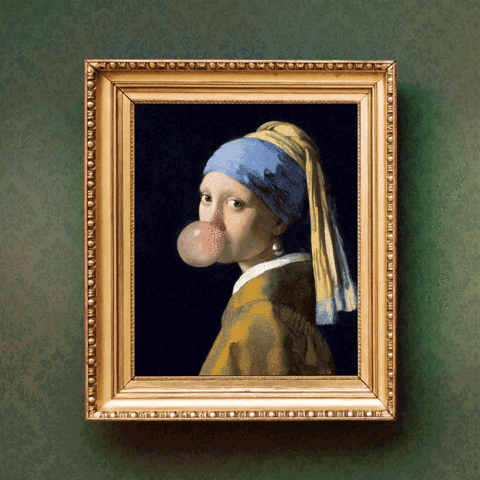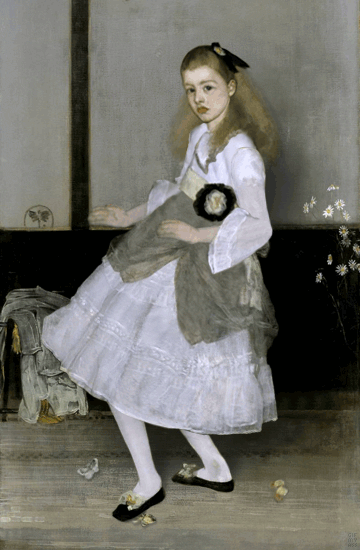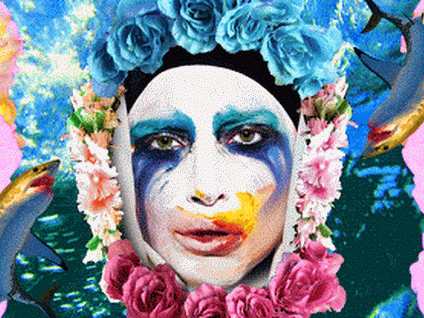Image Courtesy of Sofinco
From dancing dogs to pop culture references, GIFs have added another element of fun to how we communicate in the digital age. Animated GIFs are like short, sweet, videos or digital flipbooks that allow images to come to life on your screen. While GIFs have been around since 1987 (they’re over 30 years old, and also known as “graphics interchange format”) they didn’t rise to mainstream popularity until the late 2000’s. Since their new rise to fame and everyday use, GIFs have not only redefined how we communicate over social networks, email, and SMS, but they have also presented themselves as a new tool to engage and educate audiences in the museum realm. This has led museums and cultural institutions to embrace GIFs as a way to bring their collections to life and engage younger, digital-centric audiences.
Let’s take a look at how museums are leveraging GIFs and GIPHY!
Smithsonian National Museum of African American History & Culture
With over 32.3 million GIF views, the Smithsonian National Museum of African American History & Culture leads the pack for museums on GIPHY. As noted in their profile, they invites users to “journey through the lense of the African American Experience,” and delve into this history through GIFs. While these GIFs are tackling serious subject matter, they still point to how GIFs can be a great way to communicate historical narratives in a creative, engaging, and powerful way.
Brooklyn Museum
From art pieces that dance across your screen to short clips of artists at work, the Brooklyn Museum’s GIPHY channel offers something for everyone. With an impressive 1.4 million GIF views across only 48 uploads, the museum’s GIPHY page has become a place “where great and courageous conversations are catalysts for amore connected, civic, and empathetic world.”
Tate Britain
While GIFs can communicate a wide variety of important messages and ideas, sometimes the best are ones that are simply aim to make you smile. Tate Britain did just that in 2014 when they started their public submission project titled “1840’s Dance Party.” The project invited the public to submit their best GIF of any piece from the museum’s 1840’s gallery. The project took off and received over 500 submissions, and one GIF was even reblogged over 100,000 times (earning spot on Tumblr’s top GIFs of 2014!), bringing in 25,000 new Tumblr followers.
The project expanded to include a “Late at Tate” event where the GIFs were displayed next to the original paintings. The event had over 2,500 visitors! This goes to show that GIFs can be used in a variety of ways, from education, to advocacy, or just a good laugh.
art gallery of ontario
Art Gallery of Ontario’s opening of David Bowie, an exhibition from the icon’s personal archive, included GIF tributes of David Bowie by Toronto-based new media artist Lorna Mills.
Museum of the moving image
The Museum of the Moving Image in New York took a more academic approach to the GIF in 2014 and curated an exhibition called “The Reaction GIF: Moving Image as Gesture,” which asked visitors to ponder how GIFs have redefined visual, nonverbal communication in the digital age.
just “gif” it a chance?
GIFs can spice up just about any text message or tweet, and have also proven to be a useful tool when it comes to engaging your audience and cultivating new ones. GIFs can be used to tackle difficult social issues, create connections, spark a dialogue, or as a fun way to bring art to life. As our lives are increasingly revolving around the digital world, GIFs are a creative way to put museum content in front as many eyes as possible. Is it time for your museums to give the world the gift of GIF? 🎁






